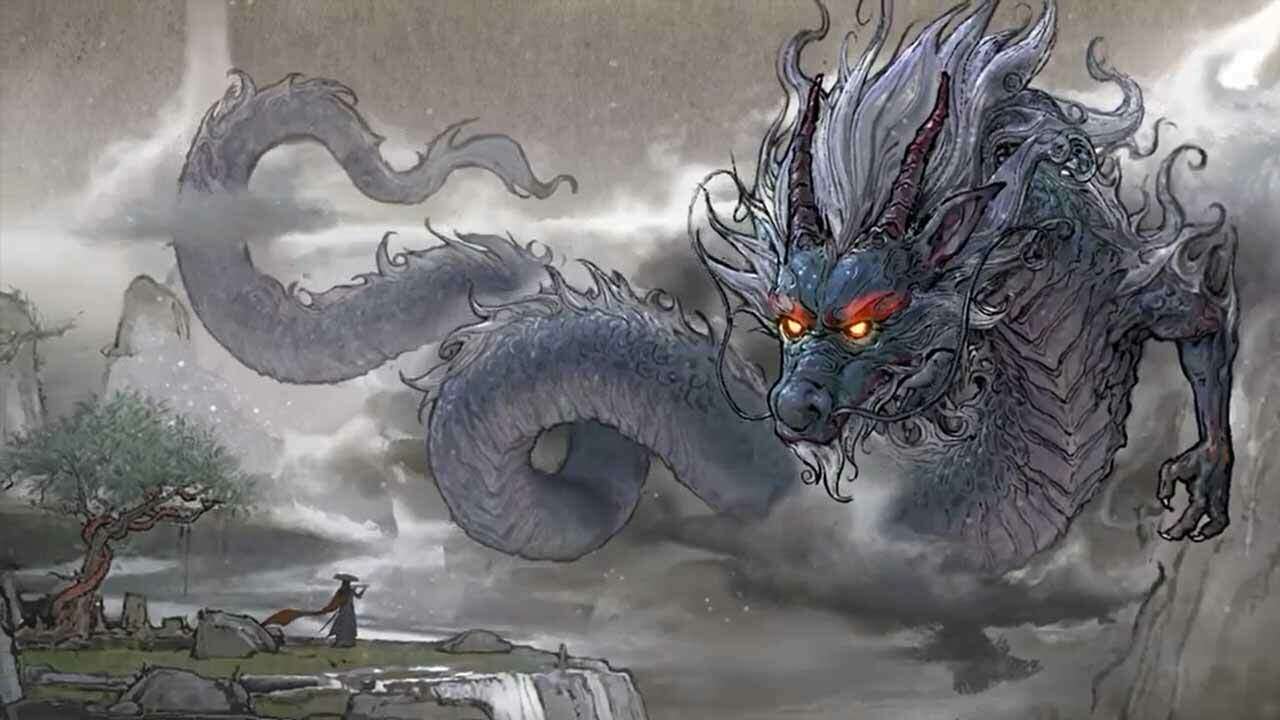Cultivation Game: Steam's Curious New Chinese Niche
Tale of Immortal is a surprising hit on Steam

While doing some research on SteamSpy, I happened across a game called Tale of Immortal which, per that site, had an estimated 16 million owners.
It's shocking when you learn that a game you've never heard of has sold that well - but then again, SteamSpy is a speculative resource filled with anomalies that could well be errors. 16 million is probably too high, but even so, most of the estimates I dug up suggested that this game has sold well into the millions. And the other metrics for the game - including 185,000 reviews (most of them complaining about stability issues), over 200,000 followers on Steam, and all-time and 24-hour peak concurrent player numbers that put it in the top 100 played titles on the platform - all point to this being a very popular game.
The main reason I hadn't heard of Tale of Immortal is that it's a Chinese game made to appeal to a Chinese audience. What's more, it's part of a specific category of game - what one might call the "cultivation game" - that's been growing on Steam and elsewhere over the past few years. Most of these games were unknown outside of Asia, but a growing number are being translated as Chinese developers test the waters of the Western video game market.
So what exactly is a cultivation game, anyway?
Cultivation game isn't really a genre, though these games tend to feature a common set of mechanical elements. Tale of Immortal is an RPG with some action elements, making it very similar to PC games that are popular on the Chinese internet. But while it's very common for these games to feature RPG mechanics, there's still some variety at play. Some, such as the 2020 game Amazing Cultivation Simulator, are more like management/life sim games. Meanwhile, the 2022 cultivation game Yi Xian is a deck builder.

It's better to understand the cultivation game as a style - a broad collection of visual and narrative elements that make these titles immediately distinct.
Graphics design is a good starting place. Cultivation games use 2D art that features heavy, dark lines, high-contrast yet muted colors, and a lot of sepia tones. The intention is to make these games resemble classical Chinese paintings. Put a screenshot from a cultivation game next to an image of either historical art or modern art based in the classic style and the influences are very clear.
Beyond that is the cultural throughline that unites all cultivation games. I'm sure that the word "cultivation" made at least some of you think that these were farming games. But in this historical context, cultivation - or, more precisely, self-cultivation - is a concept related to Daoism. It refers to the development of one's own personal traits, but as later authors began using Daoist mystics as stock characters, it gathered more supernatural connotations. In modern Chinese wuxia fiction, self-cultivation is often described as the process of becoming a Daoist immortal, and this is how the term is best understood in these games.
This is another example of something I've written about before: Chinese developers using history and classical literature as sources of inspiration. Tale of Immortal in particular claims to draw a lot of its setting from the Shanhaijing, the Classic of Mountains and Seas. This is a Han Dynasty-era compilation of Daoist cosmological texts that established the Middle Kingdom as the center of the world. Beyond China, the Shanhaijing described a series of layers - first a realm of mountains, then a vast sea, and finally an unfathomable wilderness - all home to mystical animals, miraculous plants, and Daoist deities.
I'd wager that Tale of Immortal was influenced more by recent popular wuxia novels than by the Classic of Mountains and Seas, but either way, there is a direct link to classical culture.

How these games slip beneath notice
The games I've mentioned here all have official English translations, as do many other cultivation games, but that doesn't mean that they're spreading all that widely. Of the 185,000 reviews on Tale of Immortal, only a few thousand are in English.
By and large, these games simply aren't going to have much appeal in the West. While some of the wuxia tropes might have resonance with American martial arts fans, the Daoist elements are far more alien. Beyond that, most cultivation games fall into genres and subgenres that are far more popular in mainland Asia than in Western countries or Japan. Some of these games sell reasonably well outside of the region, but never enough to enter the greater video game conversation.
There's a broader issue here, one that's going to become more important as video game development (and media more generally) becomes more globally decentralized. In the Anglophonic world, we tend to focus on English language media because it's more readily accessible. However, if we do that, we're missing out on a lot.
Right now, markets like China are still very self-contained, but they will start to gain ground, and the wise critic should stay ahead of that.
